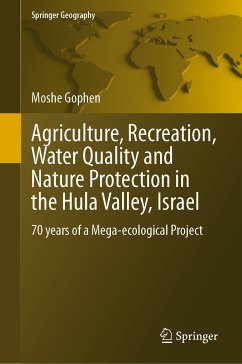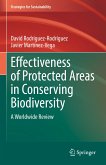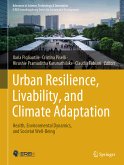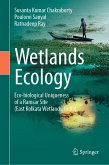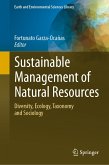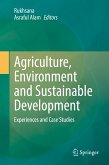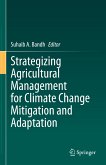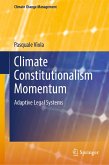The anxious search for agricultural income resources, and assurance of the national water supply in the northern newly created state of Israel initiated the national project of the Hula Drainage. The implementation of this project was accompanied as of today by research and monitoring of the ecological trait aimed at crop harvest improvement in the Hula valley and prevention of water quality deterioration in Lake Kinneret. Forty years later a reclamation project to improve the peat soil property and renovate the hydrological system was carried out. This book documents the scientific research carried out during this mega-ecological project. Several issues of the ecological renovation and its impact on the Hula valley management and water quality in lake Kinneret are presented in this book.
The advantage and contribution of a newly created shallow lake Agmon-Hula to nutrient dynamics, and hydrological control, accompanied by avian presence, (among others, Cranes, Storks, Pelicans, Flamingoes) and plants renewal which enhanced, tourism; potential impact of nitrogen and sulfate migration from the Hula valley on the Kinneret water quality; the role of climate change on the ecology of the Hula Valley and the Kinneret nutrient availabilities and phytoplankton community; the subterranean migration of water and nutrients and water loss. Further proposals for future development are under consideration.
This book presents a comprehensive practical management implementation of a long-term ecological project. Results of scientific and monitoring research which followed the project implementation benefit the international and national communities.
Dieser Download kann aus rechtlichen Gründen nur mit Rechnungsadresse in A, B, BG, CY, CZ, D, DK, EW, E, FIN, F, GR, HR, H, IRL, I, LT, L, LR, M, NL, PL, P, R, S, SLO, SK ausgeliefert werden.

